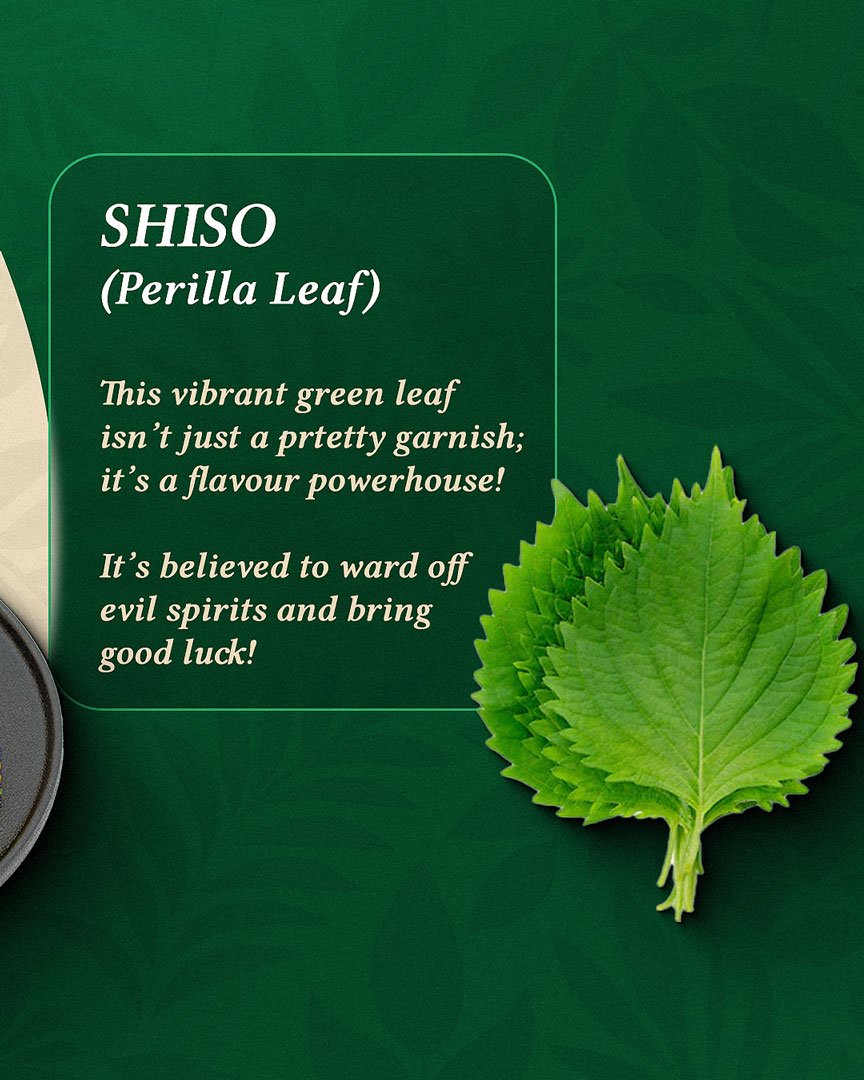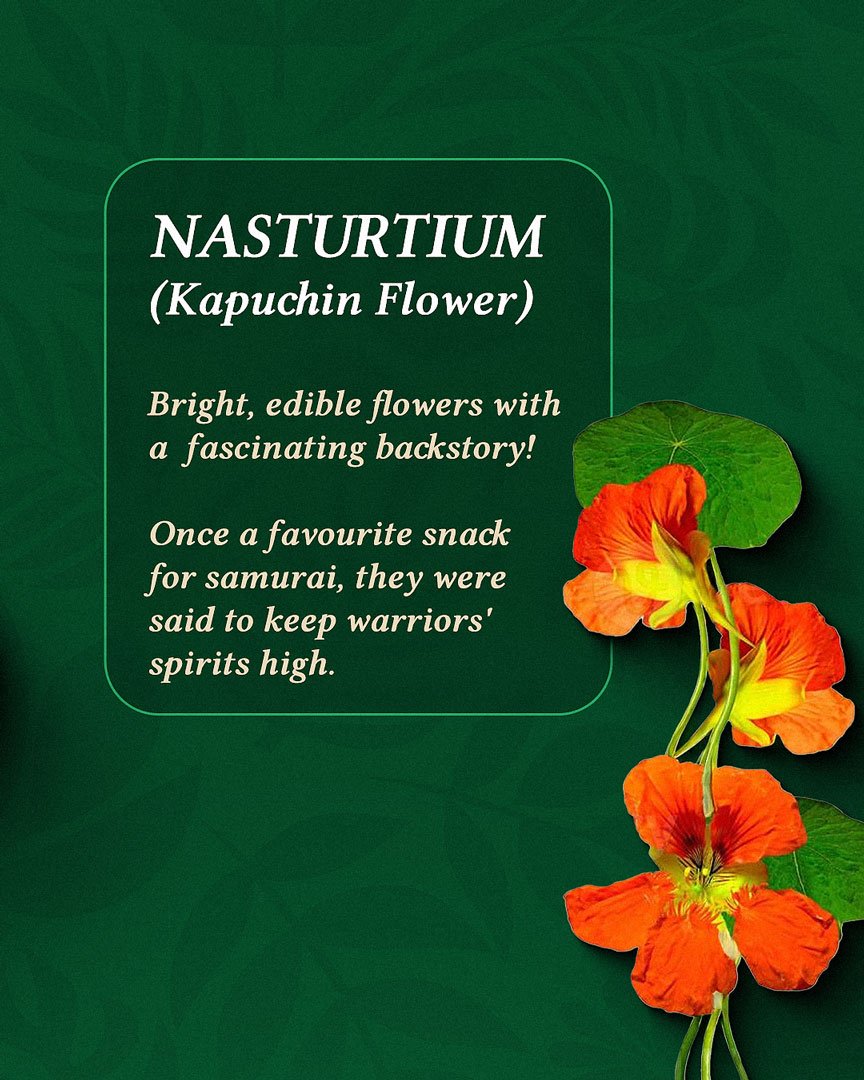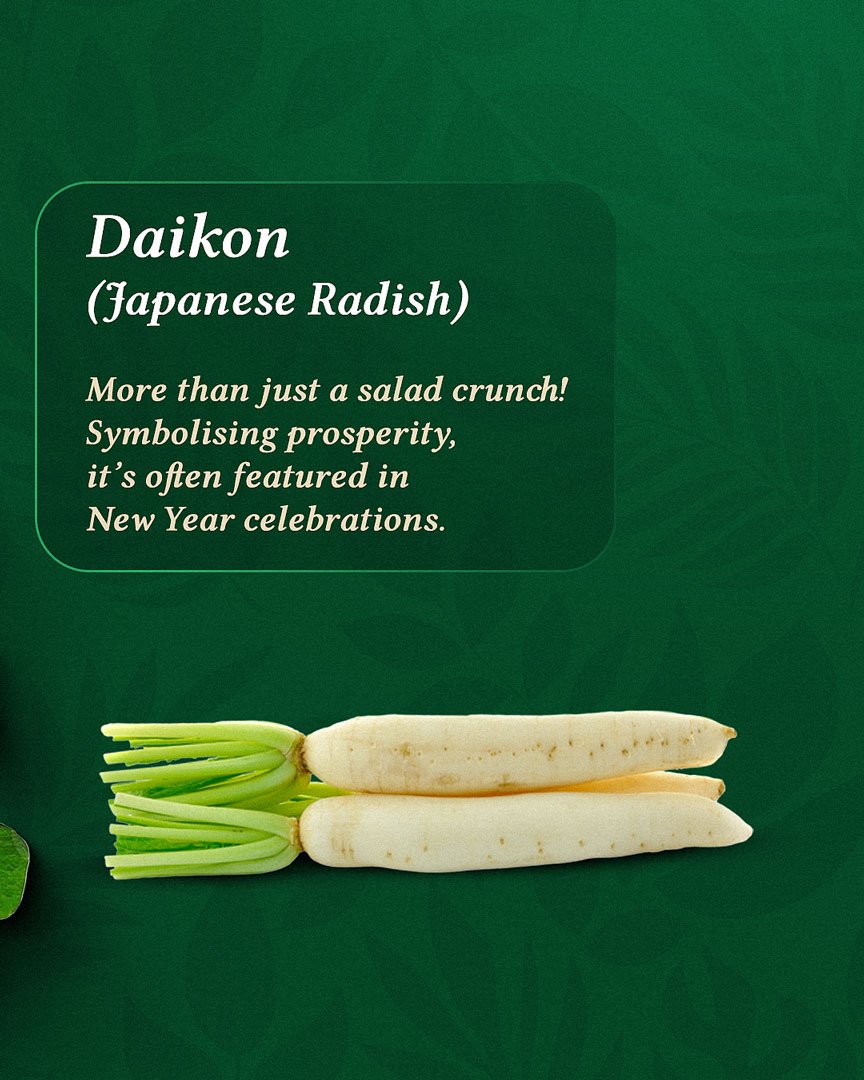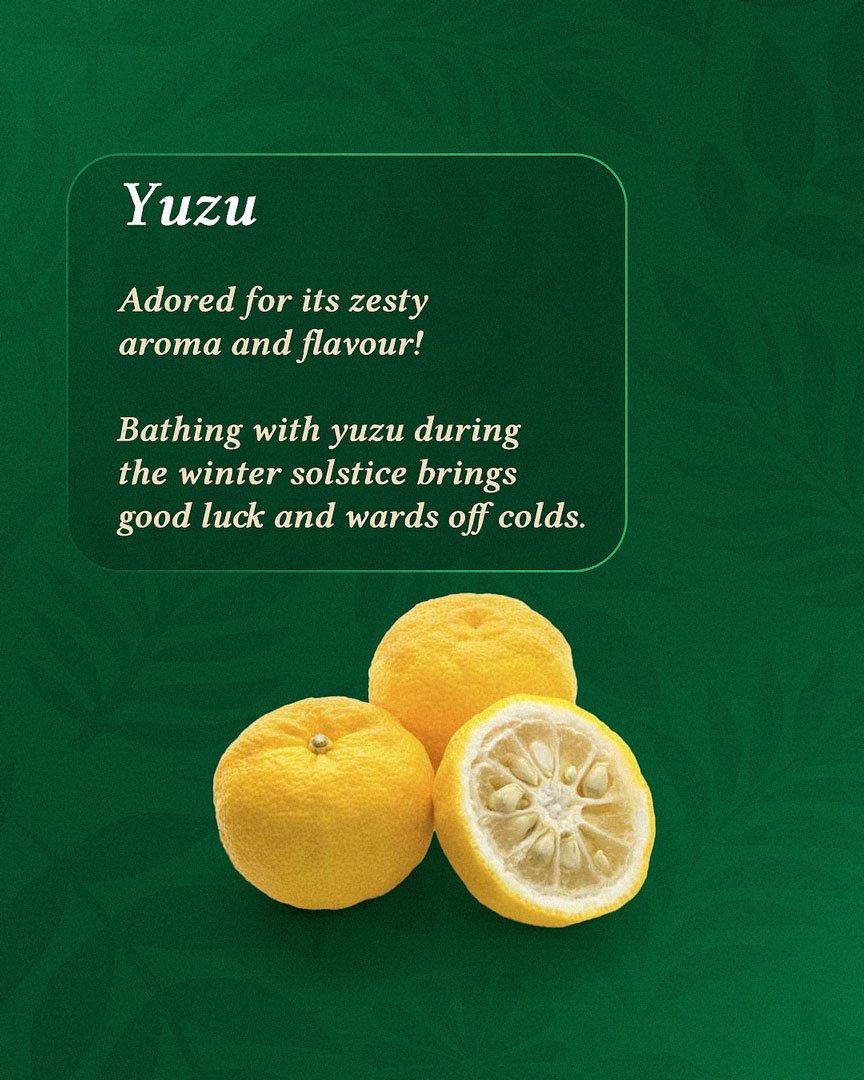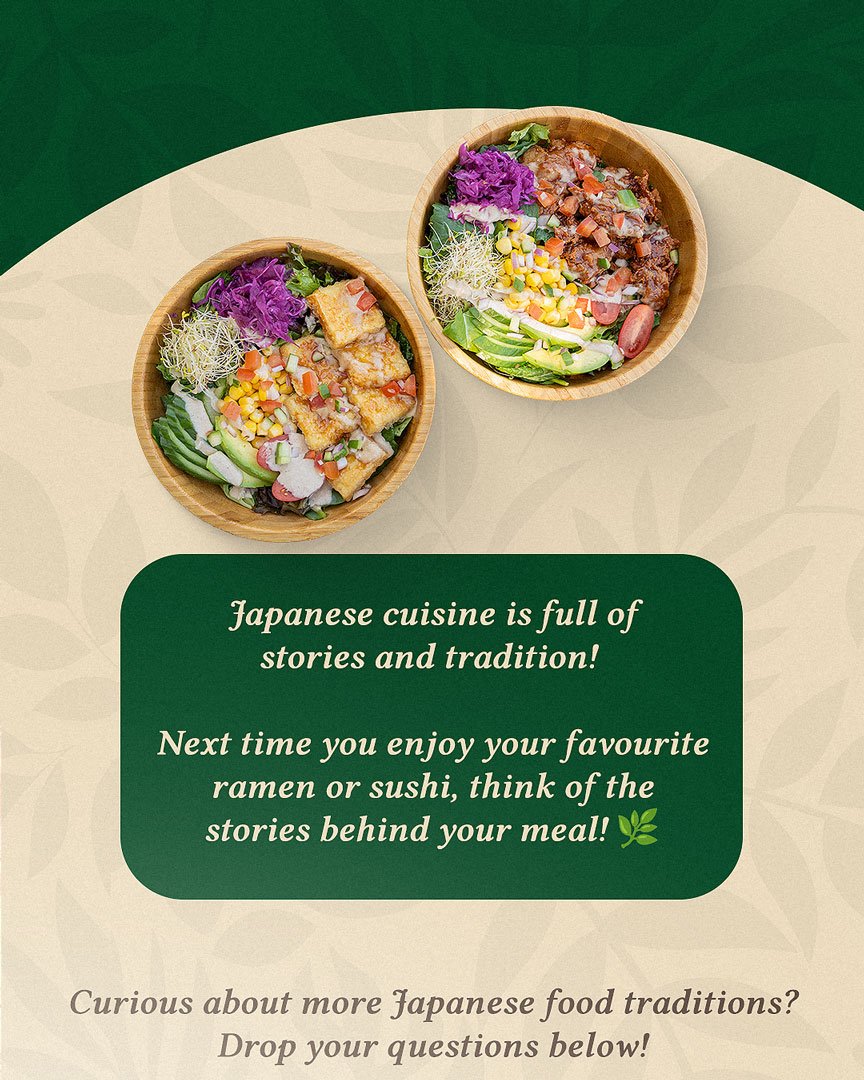Taste the Tales
Japan’s Edible Flora You Never Knew Had Stories!
Japan is famous for its beautiful scenery, delicious food, and…
edible plants with stories to tell? Yep, some of the everyday ingredients used in Japanese cuisine come with fascinating cultural meanings, quirky legends, or even a bit of magic. Let’s explore these flavourful plants that aren’t just about taste, but also tradition, symbolism, and a hint of folklore! ✨
1. Shiso (Perilla Leaf)
This vibrant green leaf isn’t just a pretty garnish; it’s a flavour powerhouse! 💚 Often found in sushi or as a side in Japanese meals, shiso is believed to ward off evil spirits. Traditionally, it was used in ceremonies and festivals to bring good luck. Plus, it adds a delightful minty taste that’ll keep your taste buds dancing! 💃

2. Nasturtium (Kapuchin Flower)
These bright, edible flowers not only beautify your plate, but also have a fascinating backstory! 🌻 Nasturtiums are packed with vitamins and were once popular among samurai families for their medicinal uses. Legend has it that they were a favourite snack for warriors during battles to keep their spirits high—now that’s a tasty bit of history!
3. Daikon (Japanese Radish)
This humble radish is more than just a crunchy addition to salads. 🥗 In Japanese culture, daikon symbolises prosperity and good fortune. It’s often used in New Year celebrations, and legends suggest that eating it can help bring in the harvest.
Plus, its refreshing taste makes it a must-have for pickles and stir-fries!
4. Yuzu
This citrus fruit is adored for its zesty aroma and unique flavour.
But did you know that yuzu has a long-standing connection to Japanese winter solstice celebrations? 🎉 Traditionally, bathing with yuzu on this day is believed to ward off colds and bring good luck for the year ahead. So, not only does yuzu brighten up your dishes, but it also brings a slice of wellness!
5. Kuzu (Japanese Arrowroot)
Kuzu, made from the root of the kuzu plant, is a starchy substance often used as a thickener in soups and sauces. 🍲
But in traditional Japanese medicine, it’s known for its healing properties. It’s said to help with digestive issues and even relieve hangovers. So, next time you whip up a hearty soup, remember the power of kuzu! 💪
6. Fuki (Giant Butterbur)
Fuki is a unique plant often used in Japanese cuisine, especially in spring dishes. It’s known for its ability to purify the body and boost overall health. In Japanese folklore, fuki represents resilience, as it often grows in harsh environments. Plus, its earthy flavour adds a lovely depth to soups and stews! 🍲
Japanese cuisine is steeped in culture, history, and delightful tales. The next time you enjoy a bowl of ramen or a plate of sushi, take a moment to appreciate the edible plants behind your meal and the stories they bring to the table. Who knew that such tasty treats could come with a side of folklore? 🎊
Now that you’re armed with some fun facts, why not share your favourite edible plant stories with us? We’d love to hear from you! 💌


